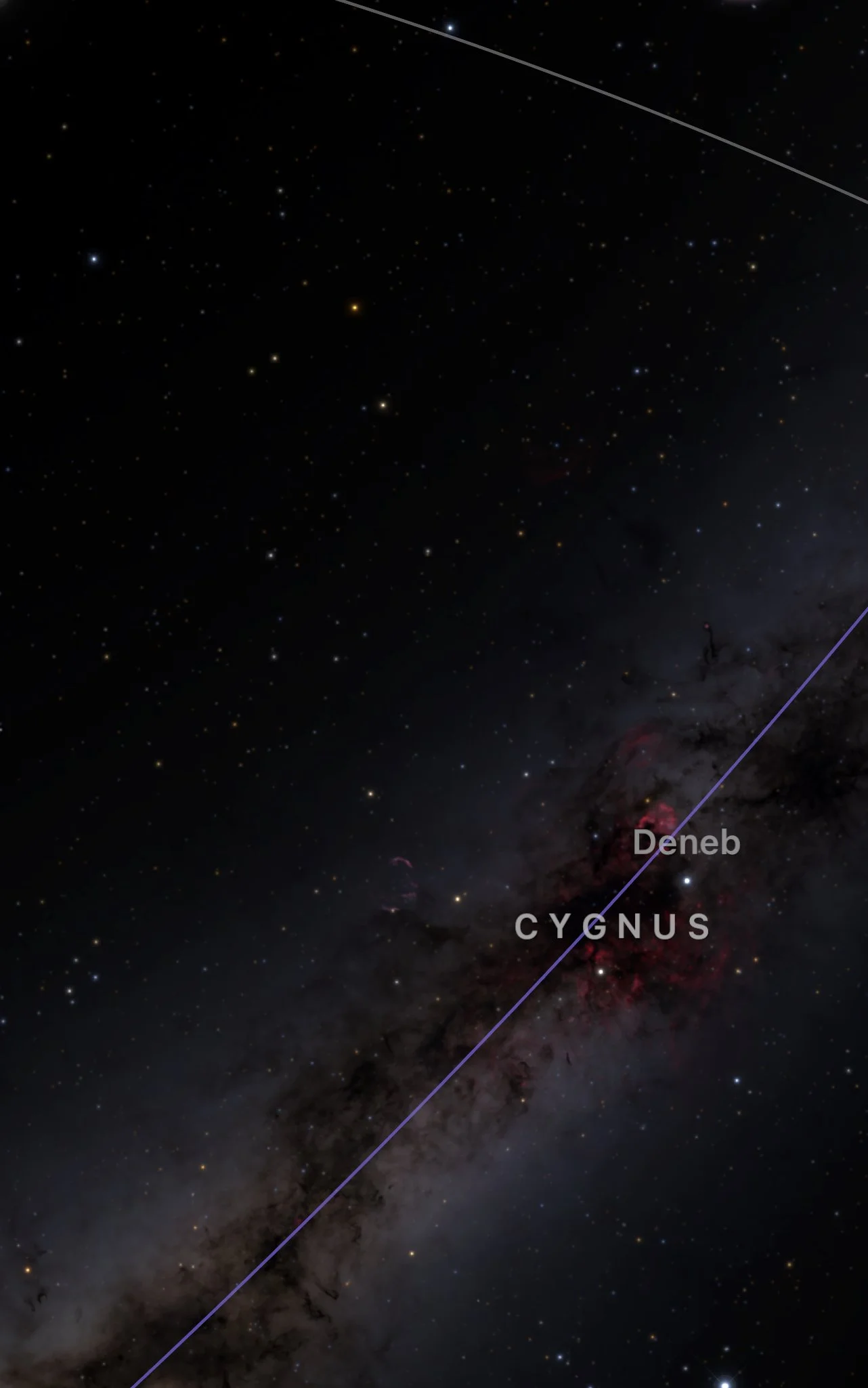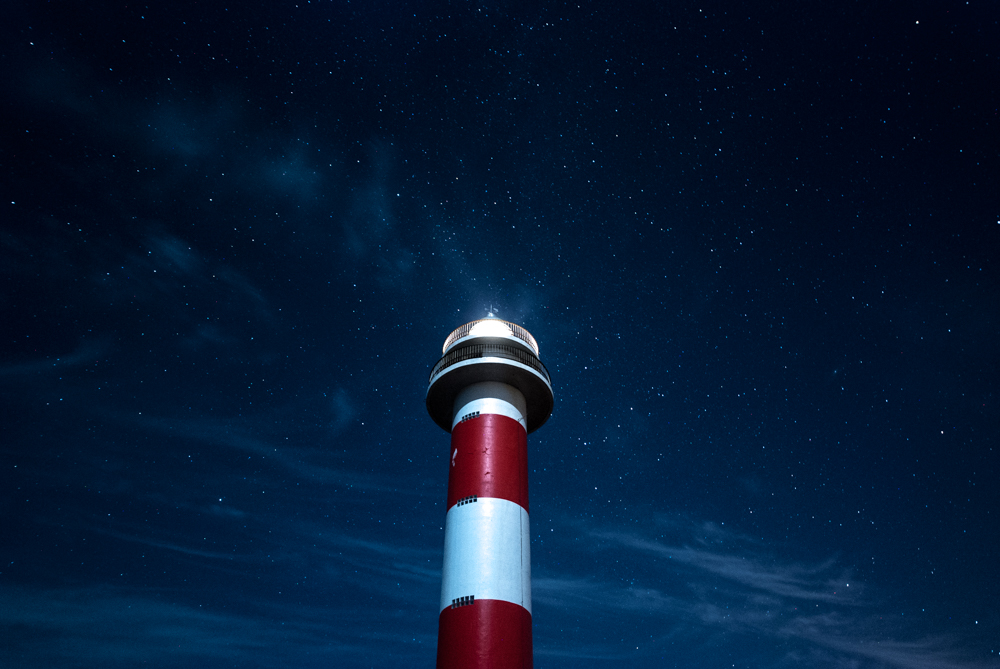....February is possibly the most interesting month for the observation of the Winter night sky from the Canary Islands. With the constellation of Orion very high in the first hours of the night, it is possible to admire one of the most popular and most photographed objects of the Deep Sky, the nebula M42, a fantastic star nursery found in the sword of the mythical sky hunter. This same area is very rich of telescopic targets, such as the close Gemini and Taurus, starting from the many open clusters, one of the big views of this season, or other more exotic, such as the Crab nebula, famous remnant of a supernova explosion registered some 1000 years ago.
While we are waiting for the big planets to be back at accessible hours, for the lovers of the Solar System the Moon is present as all months; her full phase is in the first days and then will come back in the final week. Her craters, her seas and her mountains, which a telescope allows us to admire from hundreds of thousands of kilometers, will always be a fascinating view for all people.
Clear skies to everybody! ..
El mes de febrero es posiblemente el más interesante para la observación del cielo del invierno desde las Islas Canarias. Con la constelación de Orión ya bien alta en las primeras horas de la noche, es posible admirar uno de los objetos más llamativos y más fotografiados del Cielo Profundo, como es la Nebulosa M42, admirable criadero de estrellas localizado en la espada del mítico cazador celeste. Esta zona, así como las cercanas de Gémini y de Tauro, es muy rica en objetivos telescópicos, destacando los numerosos cúmulos abiertos, gran atractivo del cielo de esta estación, y otros más exóticos, como la Nebulosa del Cangrejo, famoso remanente de una explosión de supernova registrada hace casi mil años.
A la espera de que los grandes planetas vuelvan a ser observables en las primeras horas de la noche, para los amantes del Sistema Solar como cada mes está presente el objetivo más llamativo de todos, es decir la Luna, en fase de plenitud en los primeros días de mes y que vuelve a brillar en la última semana. Sus cráteres, sus mares y sus montañas, que el telescopio nos permite admirar desde cientos de miles de kilómetros, no dejan indiferente a nadie.
¡Cielos despejados para todos! ....



